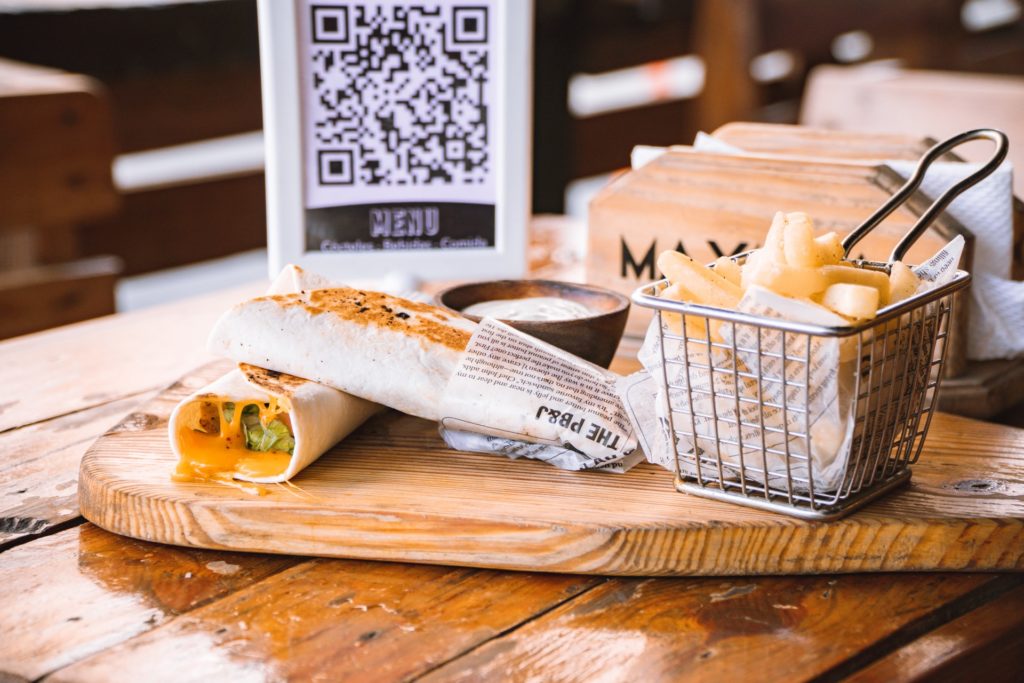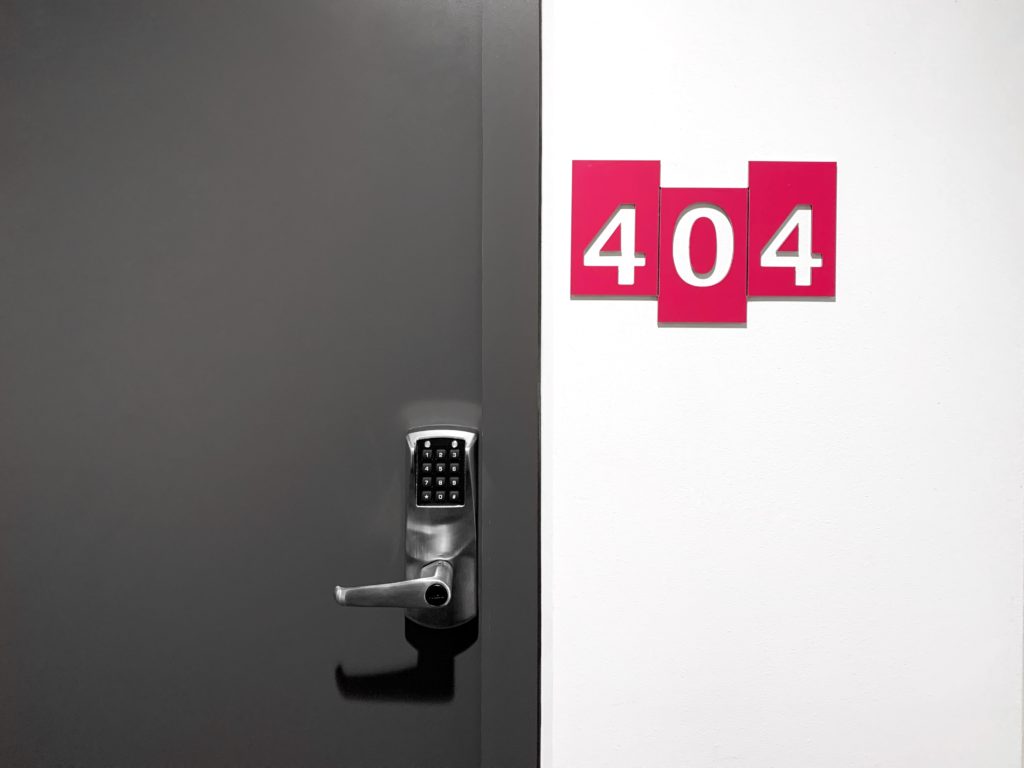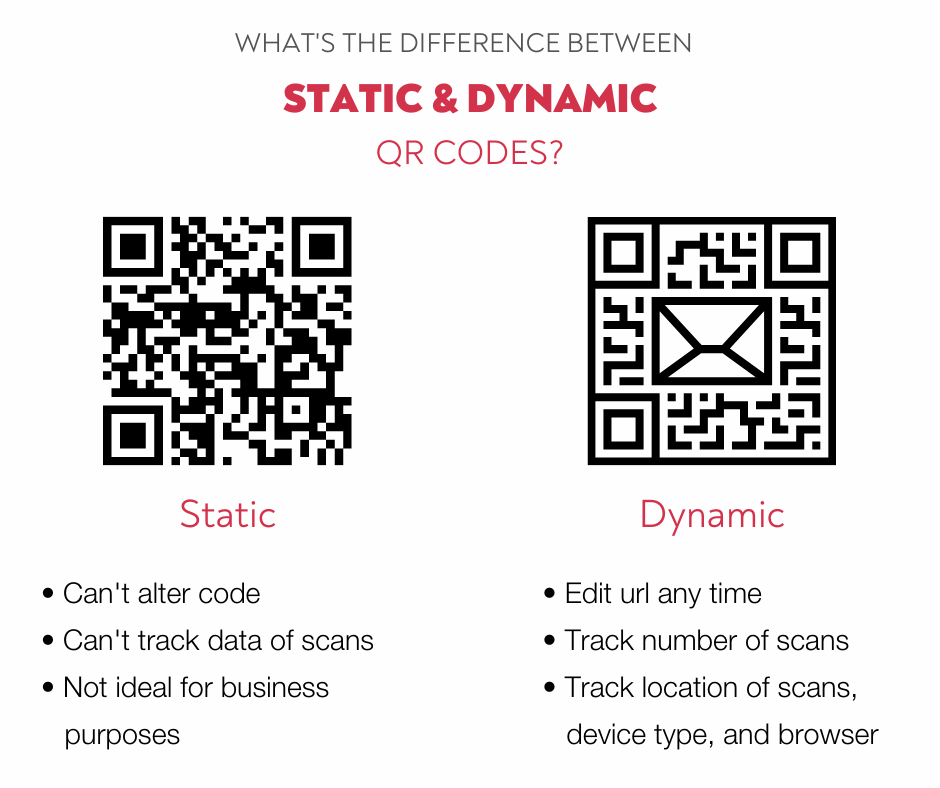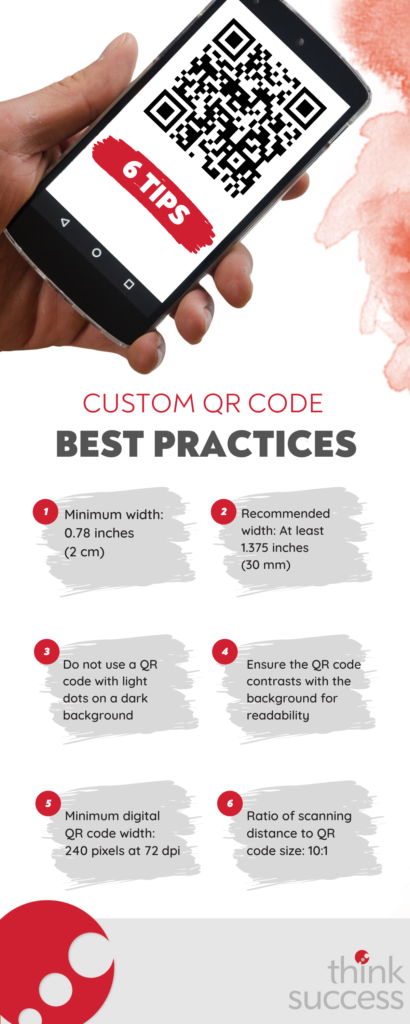QR (Quick Response) codes are a creative way to connect with your audience and drive traffic to your website and socials. But in today’s digital world, are they still relevant? Or have they joined the camp of legacy technologies like Filofax and floppy disks?
Turns out, QR codes are still a valuable tool in marketing. In fact, QR usage grew 94% from 2018 to 2020, and repeat scans of a QR code increased 98% in the same time period.
This QR trend only continued to increase as the pandemic hit. Why? Menus. Restaurants needed a touchless way to inform customers of their offerings, and the trend reawakened audiences everywhere–eventually spreading into other fields for RSVPs, school and recreation registrations, and even business cards.

Though QR codes may not be right for every company, many businesses have found innovative ways to implement this transformative technology to boost brand awareness. But beware the pitfalls of this alluring trend; many misuse, overuse, and misunderstand QR codes and their place in marketing.
If you can identify the value being added, the temporary resurgence of QR codes may be something for you to consider incorporating into your next print campaign.
The Value of QR
When QR first surfaced in 2010, it wasn’t widely used—mainly due to the high barrier to entry. Not only did significantly fewer people have smartphones, but a third party app was required to read the codes. Now, in 2022, it’s estimated that 6.6 billion people own a smartphone, according to Oberlin. And thanks to the Apple iOS11 update in 2017 that allows QR codes to be scanned directly through the mobile camera app, consumers are more aware of how to use and interact with them.
As a simple, effective tool to connect the online and offline worlds and track engagement and conversion, a QR code is an ideal pairing for direct mail campaigns, Facebook promotions, and more. With QR, you can seamlessly guide your customer to your website, customized landing page, or personalized offer. And they’re easy to set up and customize through QR code generators. If you pick a QR code service that’s free (of which there are many), it’s also a fun way to add interest to the user experience without breaking the bank.
So, ready your phone camera and ask more of your print materials. It’s time to consider the value that QR can add to your marketing strategy.
Do it Right or Not at All
“Don’t do it just to do it,” says Triad Employee and print guru, Lisa Wheeler. Sage advice, indeed. We’ve seen people abuse the QR code because they’re trying to be “one of the cool kids” by doing something different than the standard print material. But you have to understand why you are using a QR code and what value it’s adding to your marketing campaign—and to the consumer.
For instance, what’s the point of including a QR in your email signature when most people will be reading your emails on their phone? Using QR on digital media only adds extra steps. You can already click a link!

If you think you might want to include a QR on your print piece, first ask yourself: What purpose is the QR serving, and is the QR code the best way to meet that need? Approach its use as a way to enhance your user journey by bringing consumers to new information.
What are consumers clicking to? It’s likely that your website is already printed on your direct mail or flyer, so rather than lead people to the same copy on a different media, consider bringing them to a page that shows something that wouldn’t fit easily on a postcard.
QR in Action
Knowing the value proposition of a QR isn’t enough, though; you need to know how to implement it in such a way that it’s worth being included in the consumer’s journey to the end product (also known as you and your product or service). Once you’re answered the why, you need to answer the how.
If you’re promoting your senior living community, your QR may lead potential residents to a web page showing floor plans (something you’d certainly never print on a mailer because it would take up too much space). And by leading customers to your floor plans, you’ve now led them to your website—where you can entice them to watch virtual tours, learn more about the community, and maybe even engage in a virtual chat with a sales representative.
Or maybe you’re a school looking to push registration for the upcoming term. Instead of sending out print materials that simply tell new prospects to go to your website, you could include a QR code that automatically drops them on your registration form. This ease of access makes the QR an actionable item rather than just an added bit of information. In other words, linking your QR code to a call to action makes it worth the print real estate it’s taking up.
A QR code is a visual URL, meaning it can direct users to a variety of experiences beyond a website landing page: images, GIFs, mp3s, videos. QR codes can even open the App Store to direct a consumer to download your app. So, get creative! You can even incorporate your logo or other graphics into your QR to make it truly yours.
The idea is to bridge the gap between print and digital materials. According to Burlington Press, approximately 56% of individuals rely on print materials for sales information—particularly when prospects are near a decision. Print’s longevity, as well as its physical, tactile presence make it more concrete to consumers, which in turn makes it seem more reliable.
Only Worth Its Metrics
You may not realize that there are two types of QR codes: Static and Dynamic.

Static QR codes are permanent. The information encoded in them cannot be edited, and it cannot be tracked. But they are free to generate, and you don’t need a subscription to create one. Once generated, you have an unlimited number of scans, and your code will never expire.
Dynamic QR codes, however, are more advanced, with the ability to track the number of scans, the time when the user scanned, the location of the scan (city/country), and the device type of the user (iPhone/Android). The other major benefit of Dynamic QR is that they’re editable, so you can pivot as your campaign needs change, ultimately saving on printing costs. While Dynamic QR codes are typically paid, you can take advantage of free trials until you decide whether or not the technology is right for you.
The beauty of using a Dynamic QR code is that you can further expand your tracking data by connecting it to Google Analytics. This integration allows a more in-depth analysis of your QR traffic, offering user analytics such as: their demographics, the device and browser they used to access your site, if they left their contact information, and more.
But if you’re not checking the data, what’s the point? As the saying goes, “You can’t manage what you can’t measure.” Tracking your QR code is essential for your business, as it improves practices and marketing efforts—allowing you to evaluate the effectiveness of your campaign. What are the trends of your users? Are you not getting enough scans? Where are most of your scans coming from geographically? You need the numbers to understand how well your campaign performed. This also allows you to gauge the growth in your business and adjust to better reach your target audience in the future.
A Passing Fad is Still a Fad
We hesitate to recommend a passing trend, but statistics don’t lie. According to Kerigan Marketing Associates, data as of March 2021 estimates approximately 60-65% of people use QR codes on a daily basis for payment services, marketing, and other industry verticals.
Forbes agrees, saying QR codes can help your business through:
- Better brand visibility.
- Wider distribution of your brand content.
- Quicker access to your website content.
- More information on your offerings.
- Easier and quicker access to your offerings.
- Quick and painless access to your social media link.
- Ability to direct consumers where you want.
- Very conducive to smartphones.
Which is all well and good, as long as you also remember to add a written call-to-action (CTA). Though QR codes are more popular than ever, a select few are not privy to their ways. Always include a directive—”Contact Us, Scan Now!” or “Scan to Win!”—to prompt consumers along.
Think your campaign could use QR to bridge the print and digital gap? Willing to save surface area for an immediately actionable CTA?
Triad can help your QR code come to life off the page.
